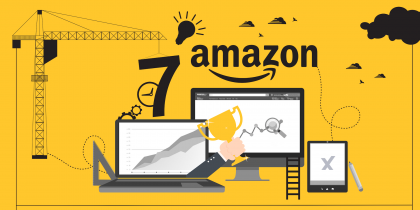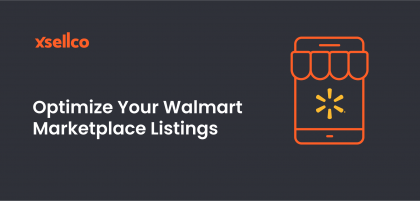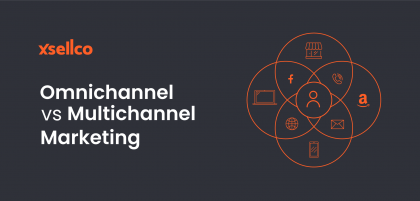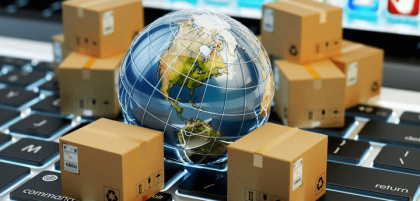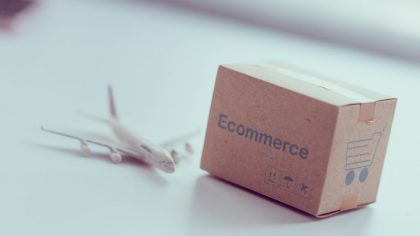Online shoppers want fast, free shipping, but not all e-commerce businesses are cut out to offer it.
Once considered a perk, most people now expect free delivery and returns as standard—so much so that several studies have indicated that shipping costs are a leading cause of cart abandonment.
For online sellers, however, free shipping is anything but free. Even Amazon spent $16.2 billion on shipping in 2016—that’s nearly 6 percent of the company’s revenue and its biggest line item after cost of sales.
So, the question isn’t if your online store should offer free shipping, but whether and when your business can afford it.
What to consider before jumping on the free shipping bandwagon
Free shipping might increase your sales, but it could kill your profit margins
A recent Walker Sands survey found that nine in 10 respondents named free shipping as the top incentive that would encourage them to shop online more often.
Before diving in, small sellers need to figure out whether it makes more sense to absorb the cost of shipping and handling or raise their product prices slightly to cover the charges. Either option will have an impact on profit margin, but it’s important to consider whether the long-term gains will outweigh any short-term losses.
Here’s another way to look at it: what’s the lifetime value of any new customers acquired due to your free-shipping offer? Is the ROI worth the upfront cost?
Your returns could skyrocket
Analysts estimate that roughly one-third of online purchases are returned—and researchers recently discovered that free shipping results in higher rates of return.
The reason: free shipping encourages people to spend more than usual, which evidently leads to buyer’s remorse. In fact, shoppers bought and returned so much from one particular retailer that periodically ran free shipping promotions that profits plunged 56 percent during those times.
Not to mention, while those boomeranged sales can be resold, much of their value is lost as they move through the supply chain—and selling less-than-perfect products could ruin your reputation.
You could be leaving money on the table
Free delivery might be exactly what’s required to hook shoppers already intent on spending, but it’s worth weighing up what you might be losing by offering it to customers who would have bought from you in the first place. That being said, an efficient and hassle-free returns policy could keep customers coming back time and time again.
How do some bigger retailers handle free shipping?
Amazon customers receive free shipping if their order includes at least $25 worth of eligible items across all categories, delivery of which will take place five to eight business days after all products are available to ship. Meanwhile, Amazon Prime members get free shipping with two-day delivery on eligible items, no minimum spend required.
Walmart offers free two-day shipping on 2 million items on orders that are more than $35.
Target customers who pay for their online order using the retailer’s RedCard get free shipping when they spend at least $25 on eligible items.
Asos offers free standard delivery to US customers on orders of $40 or more, while Premier members ($19 annually) get free unlimited two-day shipping with no minimum order value.
Nordstrom ships almost anything on its site to anywhere in the U.S. for free. In-stock items typically arrive three to five days after an order is placed.
Should you offer free shipping on all orders, on select items only or set a minimum threshold?
Site-wide free shipping is expensive
Do the math. Determine the type of shipping service you want to offer and how much that will cost, then factor that into the cost of your goods. Can you absorb the cost yourself or will you need to raise your prices to make up for the charges? And if your prices do need to increase, will you lose existing customers? Remember, it’s cheaper to retain a customer than to acquire a new one.
Free delivery doesn’t make sense for certain items
It’s simple: small lightweight items such as jewelry, makeup or small accessories are cheaper to ship than larger ones. But that doesn’t mean it makes sense to only offer free shipping on those SKUs. Consider high-margin items that not only have a low shipping cost, but also enough markup to offset shipping fees.
Figuring out what to sell online is hard.
Check out our free 12-page guide on finding, validating and sourcing the best products to sell on any marketplace.
Get the guide→
Customers are used to free shipping thresholds
Let’s face it: free shipping on everything all the time is not sustainable. Setting a minimum order value can encourage larger orders and reduce risk. According to UPS, 48 percent of shoppers add items to their cart to qualify for free shipping.
The bottom line
Thanks to Amazon, consumers expect fast, free delivery—and that’s unlikely to change any time soon. But it doesn’t mean that your online store has to offer it, too, especially if it’s going to hurt your bottom line.
That being said, the promise of free shipping provides an incentive for first-time visitors to become paying customers. From there, focus on nurturing the post-purchase relationship and turn those new leads into loyal shoppers.
Say thanks: It sounds obvious but sending shoppers an order confirmation and thanking them for their business is a must-do. Go one step further and provide some value-added content they won’t expect to receive, such as a support manual, a how-to video or an ebook on a related topic.
Anticipate their needs: Contact customers a few days after delivery. Make sure everything went smoothly with their orders, address any common queries and ask if they need help.
Reach out regularly: Segment your new customers based on the data you have collected from them so far and send targeted emails that encourage them to return to your online store and spend.
Perfect your customer journey today
Try xSellco free
Sign up for a free trial today. No credit card needed.


